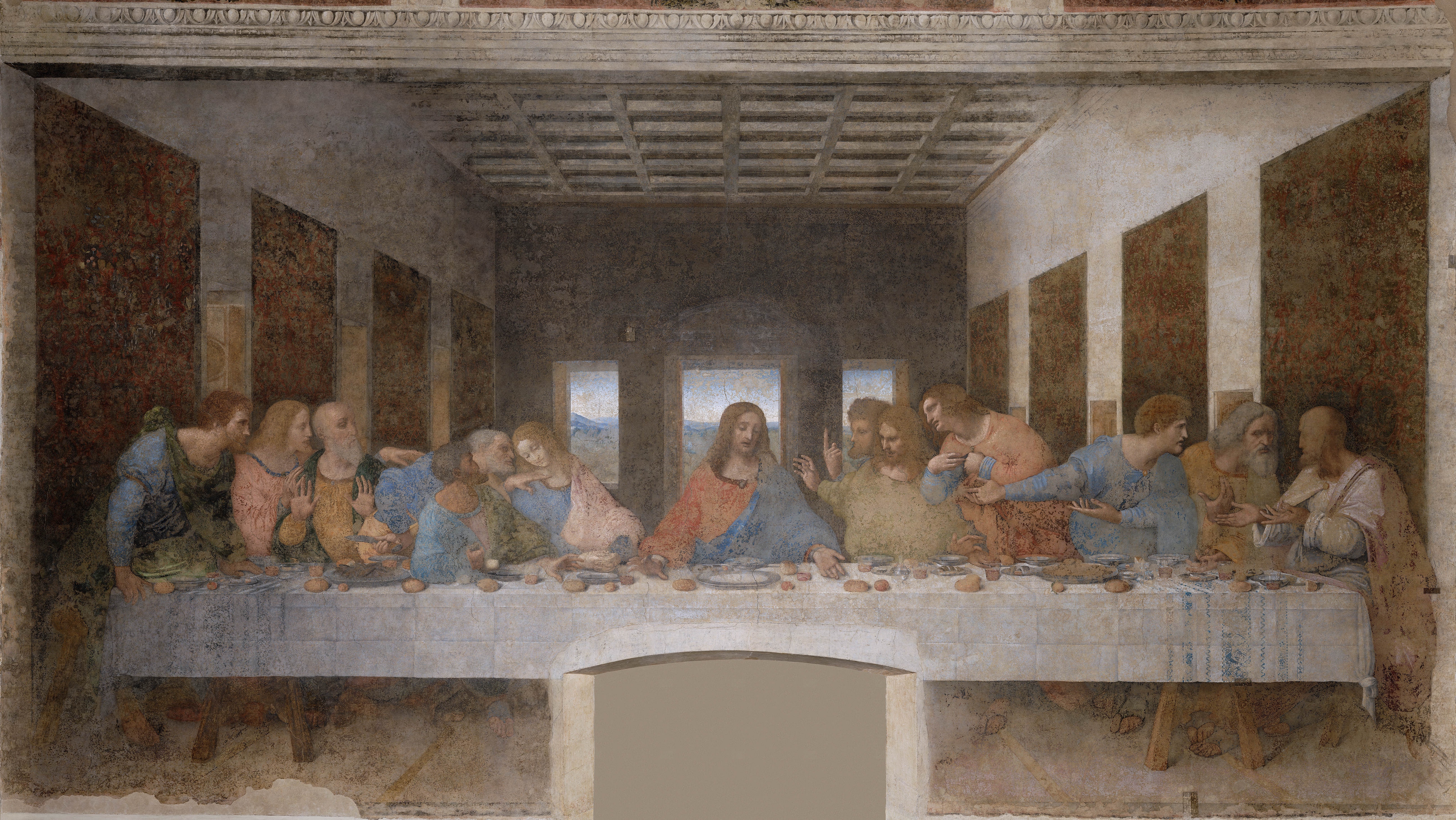
Sfumato
Ultra-fine layers of translucent paint soften contours and blend tones without hard edges, producing a smoky atmosphere and lifelike skin.
What did Leonardo do? How did he do it? When did he begin? Explore Leonardo's art through an immersive, multilingual experience.

Leonardo da Vinci (1452–1519) was a painter, draftsman, and inventor whose artistic practice sought scientific truth in nature. His artworks fused close observation with experimental technique, shaping the High Renaissance.
Apprenticed in Florence, he mastered drawing, perspective, anatomy, light, and atmosphere. He approached painting as a science, calling it “the grandchild of nature.”

Ultra-fine layers of translucent paint soften contours and blend tones without hard edges, producing a smoky atmosphere and lifelike skin.

Bold orchestration of light and shadow models forms in three dimensions. Leonardo studied how light travels across curved surfaces and how reflected light softens darkness.

Infrared reflectography reveals exploratory sketches beneath paint layers. Leonardo iterated on pose, hands, and drapery, refining compositions as ideas evolved.

Dissections and measurements informed convincing motion and structure. The famous “Vitruvian Man” aligned human proportion with geometry.

He tested grounds, binders, and varnishes; sometimes the experiments failed (as in “The Last Supper” wall technique), but they pushed technique forward.
Dates are approximate; Leonardo often worked across many years.
Click any image for a closer look
Leonardo continually revised ideas and prioritized research; commissions and relocations also interrupted projects.
No—he built up forms slowly through studies, underdrawing, and glazes, sometimes over years.
Micro-modeling of light, subtle asymmetries, and sfumato around eyes and mouth generate lifelike expression.
Scholarly consensus evolves; dates and attributions may change with new research.